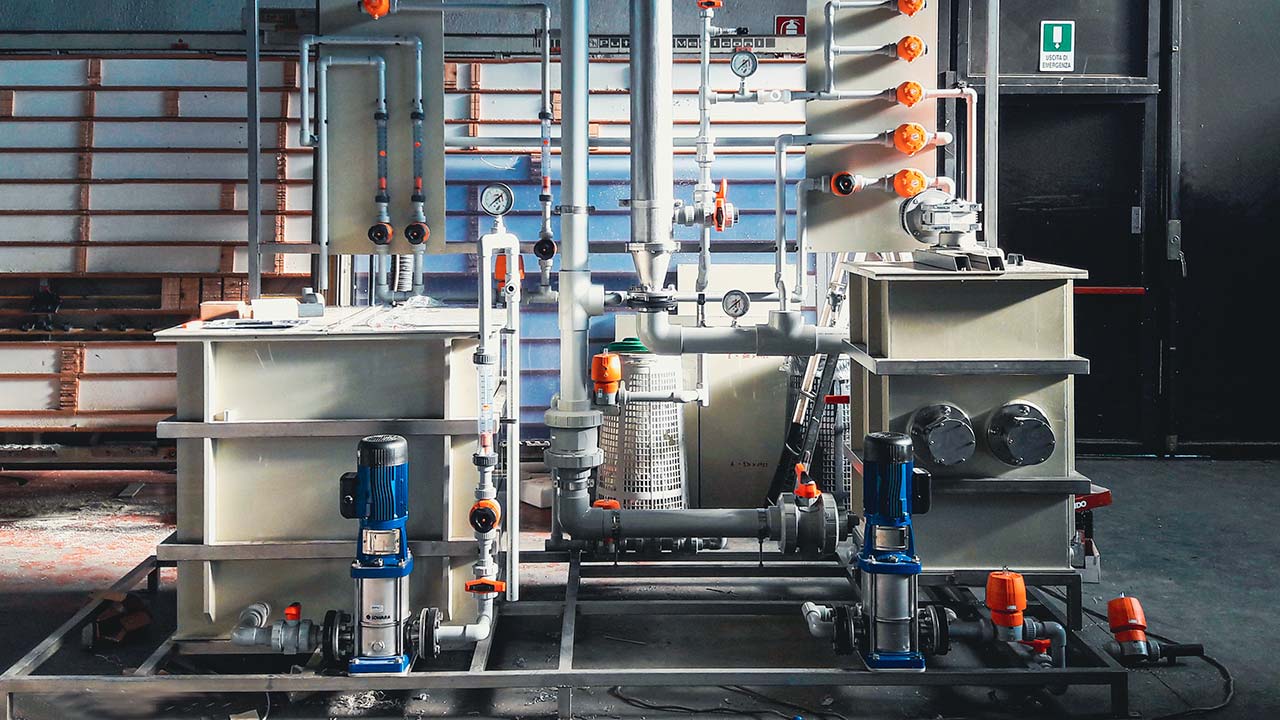
Water Nanofiltration
Industrial plants may need to separate nanometer-sized particles, such as heavy metals, from the incoming water stream; such separation is called nanofiltration.
This technology is based on membranes under pressure, with smaller pores than the membranes provided in Microfiltration,Ultrafiltration orIndustrial Reverse Osmosis.
The pore diameter in this case is between 0.5 and 2 nanometers.

Water nanofiltration is typically used in conjunction with water softening and drinking water plants , with reference to theremoval of micropollutants.
It is also applied to remove dyes, such as in dry cleaners or laundromats.
They are most effective in treating wastewater in order to deprive it of heavy metals, or to groundwater for pesticide removal.
Membrane types for Nanofiltration:
- Spiral
- Tubular
Upstream of thenanofiltration plant, Coind detects the type of the incoming flow to see whether it is appropriate to carry out water treatment in order to make the yield of the plant optimal and promote its durability.
